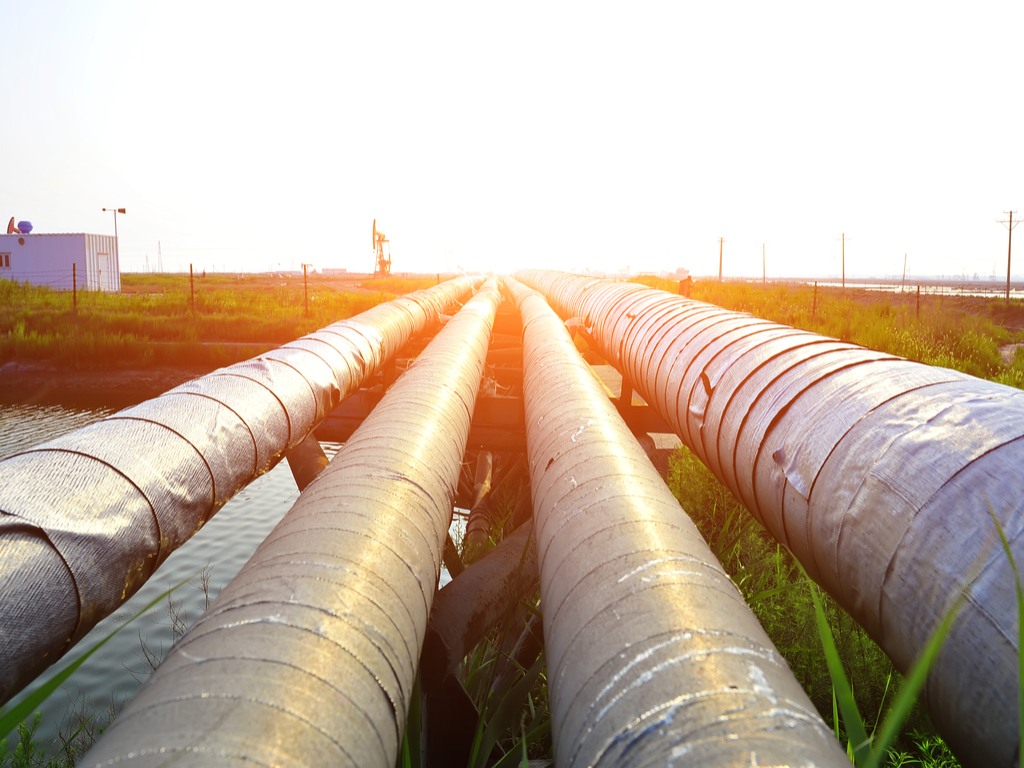Trans Adriatic Pipeline (TAP) successfully completed financial close in December 2018, securing 3.9 billion euros – the largest project finance agreed for a European infrastructure project in 2018.
Commenting on the matter, Luca Schieppati, TAP’s Managing Director, said that with the financial close now achieved, TAP has reached another major milestone of the project’s progress.
“TAP has voluntarily committed to comply with environmental and social standards required by the international financial institutions. As such, all necessary assessments to substantiate this commitment have been undertaken and met by TAP. This also included a thorough environmental and social assessment. With project financing now concluded, TAP can progress to the final completion of the project and delivery of Shah Deniz II gas in 2020,” he added.
Andrew McDowell, European Investment Bank Vice President responsible for energy, for his part, noted that as the EU Bank, the European Investment Bank recognizes the important contribution to improving security of energy supply in Europe that the Trans Adriatic Pipeline will bring and has provided 700 million euros for this, the largest energy project in Europe currently being built.
“The EIB is pleased to have been an anchor lender to the project, alongside the EBRD and other leading financial institutions, to successfully finance this complex and ambitious project and welcomes the continued close cooperation between all project partners to ensure that environmental, social and technical best practice is followed,” noted McDowell.
Nandita Parshad, EBRD Managing Director Sustainable Infrastructure, pointed out that the Trans-Adriatic Pipeline will set the foundation for an integrated gas market across south-eastern Europe and enhance the region’s strategic status as an energy hub. “We believe that gas remains an important transition fuel in this region that can help displace coal and facilitate penetration of renewables,”
reportedly, the financing is provided by a group of 17 commercial banks, alongside the EBRD and the European Investment Bank (EIB).
Part of the financing is covered by the export credit agencies – bpifrance, Euler Hermes and Sace. The project raised 3765 million euros in third party senior debt with a door-to-door tenor of 16.5 years, combining commercial debt along with development financial institutions (DFI) and export credit agencies (ECA) related financing:
EIB Direct Facility, benefitting from a guarantee from the European Union under the European Fund for Strategic Investments EFSI: 700 million euros
EBRD A-Loan: 500 million euros
EBRD B-Loan: 500 million euros funded by commercial banks
ECA facilities, benefiting from comprehensive cover by:
Bpifrance Facility, 450 million euros, Euler Hermes Facility, 280 million euros
A SACE Facility, 700 million euros;
Commercial term loan facility: 635 million euros directly provided by commercial banks without any ECA or multilateral involvement.
Costs have previously been funded in full by TAP’s shareholders: BP (20 percent), SOCAR (20 percent), Snam (20 percent), Fluxys (19 percent), Enagás (16 percent) and Axpo (5 percent).
TAP was advised by Société Générale (SG) as Financial Advisor and Allen & Overy as Legal Advisor; lenders were advised by Clifford Chance.
TAP project, worth 4.5 billion euros, is one of the priority energy projects for the European Union (EU). The project envisages transportation of gas from Azerbaijan’s Shah Deniz Stage 2 to the EU countries.
Connecting with the Trans Anatolian Pipeline (TANAP) at the Greek-Turkish border, TAP will cross Northern Greece, Albania and the Adriatic Sea before coming ashore in Southern Italy to connect to the Italian natural gas network.
The project is currently in its construction phase, which started in 2016.
Once built, TAP will offer a direct and cost-effective transportation route opening up the vital Southern Gas Corridor, a 3,500-kilometer long gas value chain stretching from the Caspian Sea to Europe.




